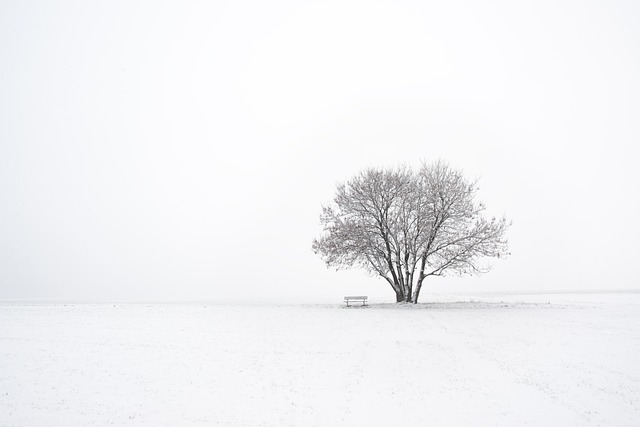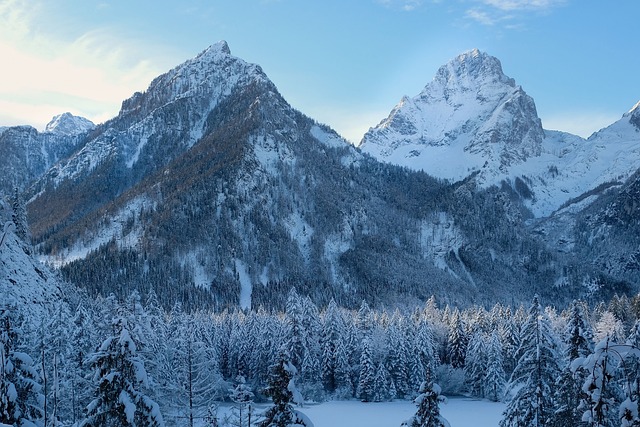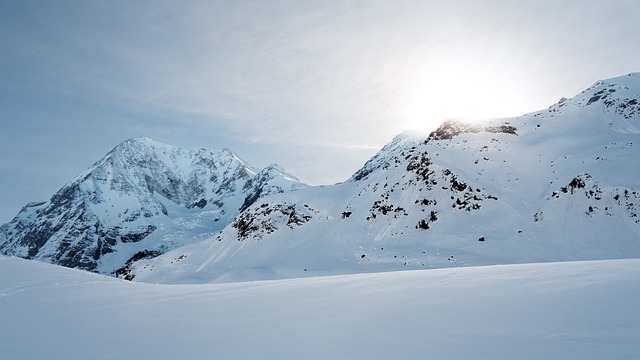- Understanding Local Snowfall Patterns and Preparation
- – Identifying common areas of accumulation in Brampton
- – Timing and frequency of snowstorms
Understanding Local Snowfall Patterns and Preparation
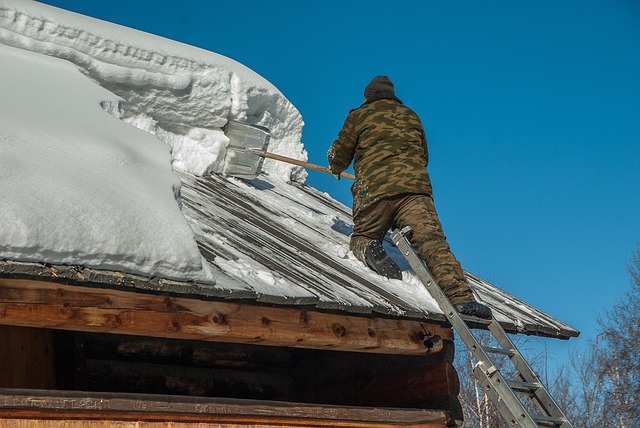
Understanding local snowfall patterns is an essential first step in effective snow clearing. Brampton, like many Canadian cities, experiences a mix of light, powdery snow and heavier, wetter flakes. Knowing when and how much snow to expect allows homeowners and businesses to prepare accordingly. This includes investing in reliable snow removal equipment and, for many, enlisting the help of professional snow removal services Brampton.
Advance preparation can make all the difference during a heavy snowfall event. Ensuring your property is cleared quickly and efficiently not only keeps everyone safe but also minimizes potential damage from icy conditions. A well-prepared plan includes having a designated clear path for pedestrians and vehicles, storing necessary supplies, and ensuring your snow removal equipment is in good working order before the first flake falls.
– Identifying common areas of accumulation in Brampton
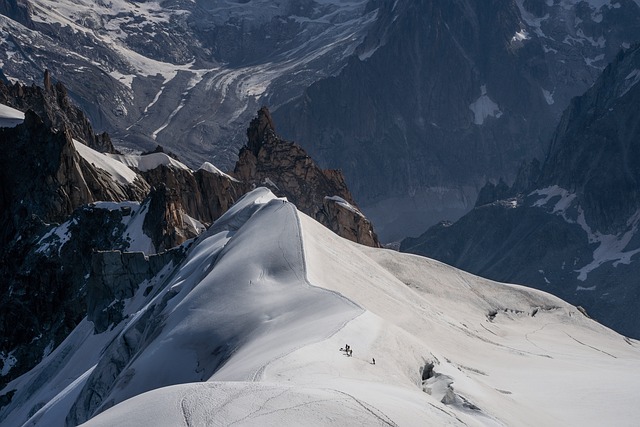
In Brampton, understanding common areas where snow tends to accumulate is key for efficient snow clearing. The city’s unique geography and climate create specific challenges. For instance, shaded areas along streets and between buildings often see more snowfall due to the absence of sunlight-driven melting. Driveways, walkways, and steps leading to homes and businesses are also high-accumulation zones. Additionally, crosswalks, bus stops, and other public spaces require clear paths for safety, making them priorities during snow removal.
Snow removal services Brampton residents rely on should be adept at identifying these areas. Professional teams understand the city’s layout and can plan routes that ensure every inch of public and private property is cleared safely and promptly. This proactive approach not only facilitates easier navigation but also minimizes potential hazards related to icy surfaces and heavy snow accumulation.
– Timing and frequency of snowstorms
